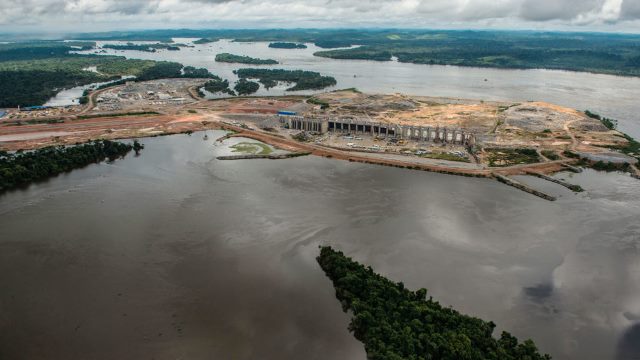Video: How is China’s overseas energy investment impacting the Global South?

The Belo Monte Dam under construction on the Xingu River, a tributary of the Amazon, in 2015 (Image: FabioNascimento/Greenpeace)
China has emerged as a major player in overseas development in recent years with mixed results for the environment and climate change.
It's provided huge sums of financing through the South-South Climate Cooperation Fund, a pledge of 20 billion yuan (US$3.1 billion) dedicated to helping developing countries mitigate and adapt to climate impacts through low-carbon projects and training.
The country is focusing its development ambitions through the Belt and Road Initiative (BRI) – President Xi’s dream to build an interconnected infrastructure network for trade across Asia, Europe and Latin America. But there are concerns over the environmental footprint of BRI, which includes the financing of coal projects in less developed countries.
At the United Nations climate conference in Bonn we spoke to civil society and government representatives from Zambia, Argentina, Pakistan and the Philippines about how they view the consequences of Chinese investment, development, and climate finance for their development.
Comments